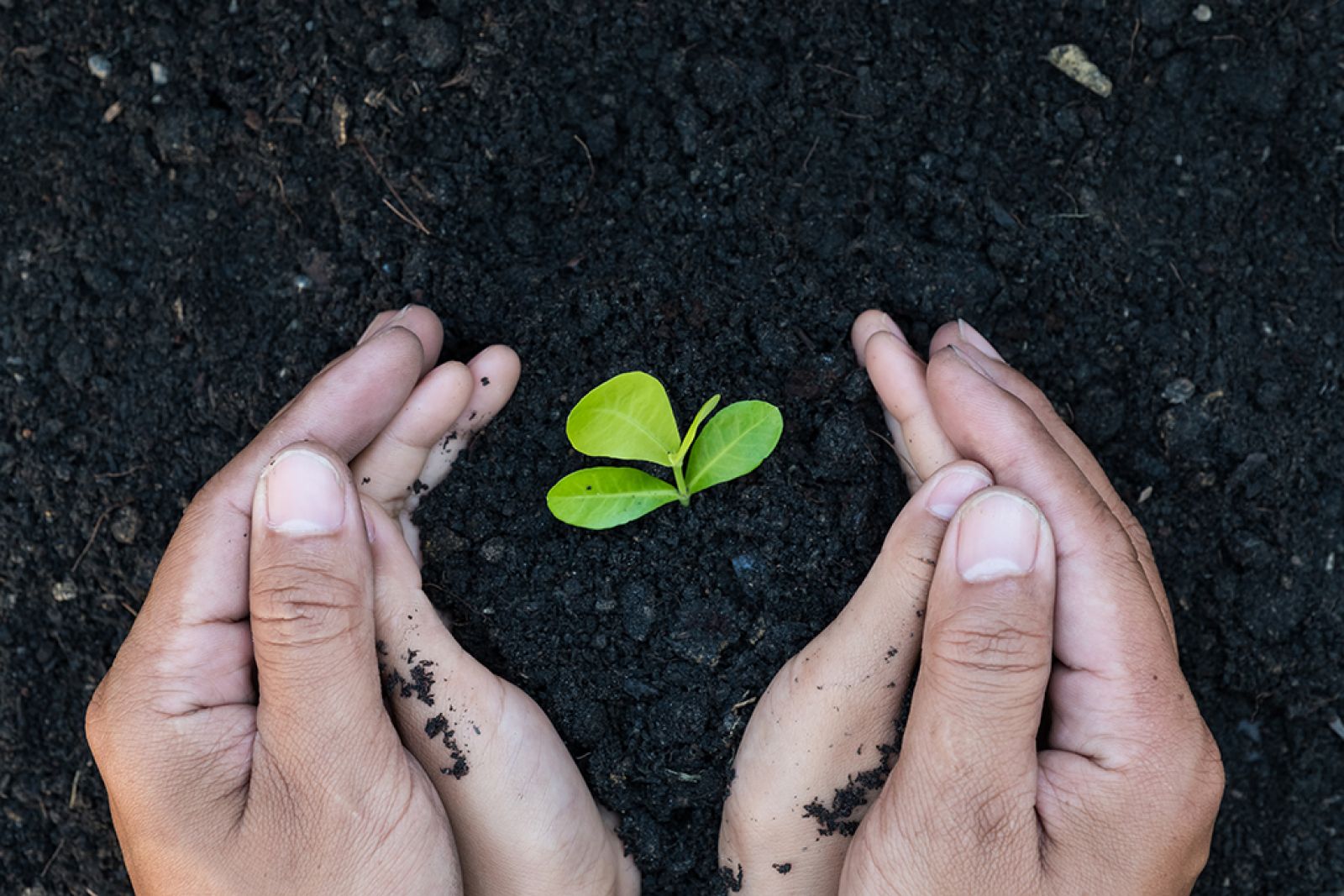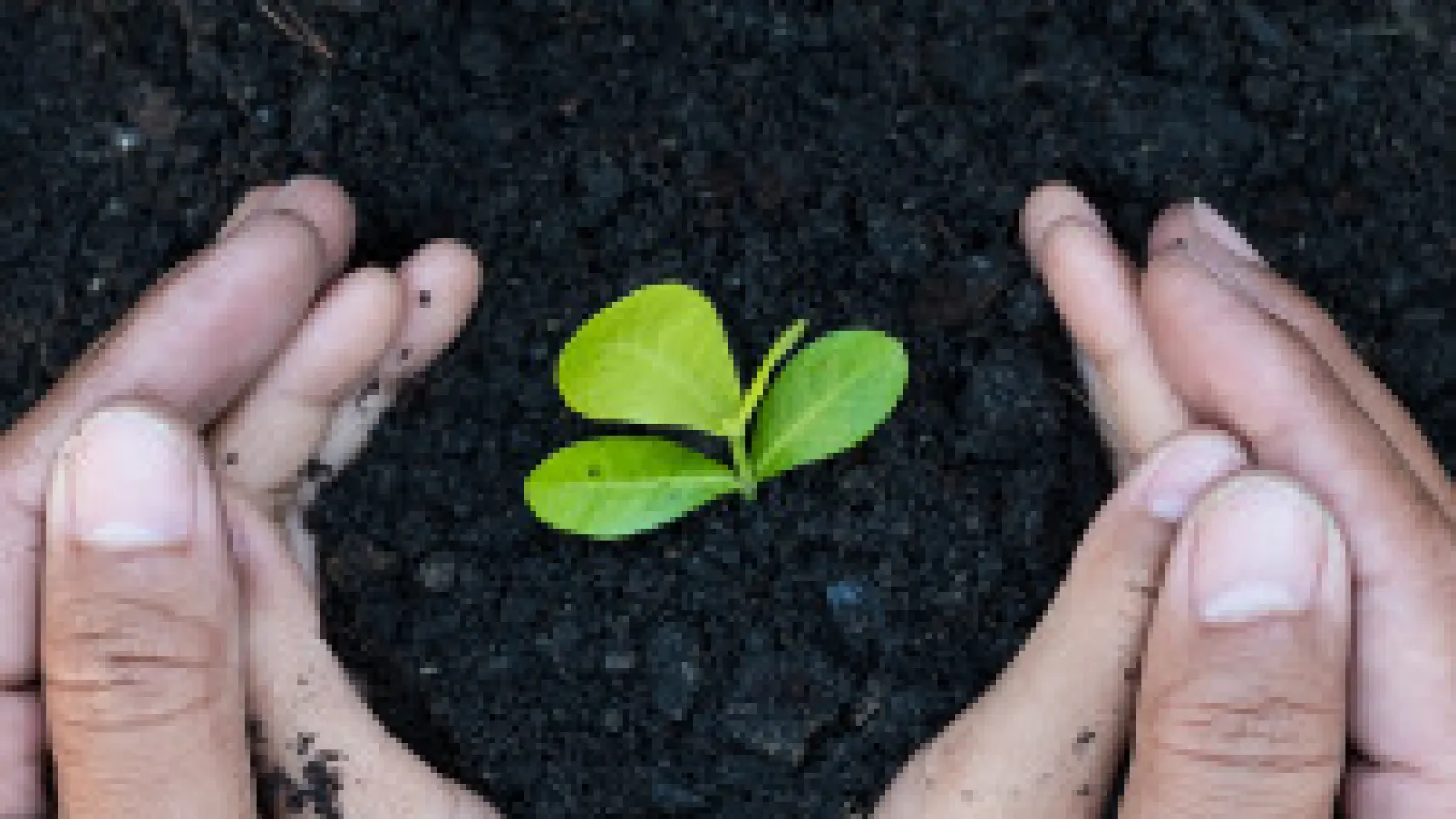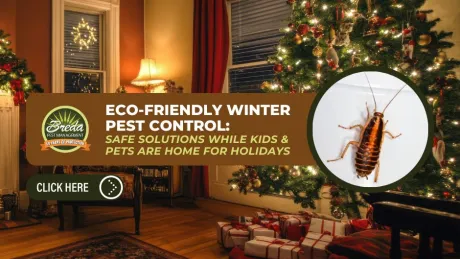Finding bugs in your home? All bugs can only come in from one place, your yard. Get to the root of the problem and stop it for good. Making your yard less desirable to bugs will drastically reduce the chance of bugs getting into your home. If bugs don't want to come into your yard, they won't even find your house. If you find yourself with excess waste piling up in your backyard, consider managing a compost pile to effectively rid your yard of the many things that are attracting bugs and supporting their habits.

What is Composting?
Composting is a the process of recycling various organic waste materials to produce a soil conditioner. This process occurs naturally, but can be accelerated and enhanced by controlling environmental factors and proper maintenance.
What Can be Composted?
Only organic waste material can be composted, which may include more than you expect. In general terms, anything that once lived or a byproduct of a living thing can be composted. Here is a list of a few commonly composted products:
Vegetable peelings
Fruit waste
Teabags
Plant prunings
Grass cuttings
Cardboard egg boxes (cut up)
Paper products
Fallen leaves
Coffee grounds and filters
Pizza boxes (unwaxed)
Stale starches
Crumbs
Nut shells
Toothpicks
Dryer lint
Cotton products
Nail or hair clippings
Wool products
Rope and Twine
Latex
Pet Droppings/Sheddings
Why Compost?
Composting is a representation of the cycle of life; it takes waste, decomposes it, and enriches soil and provides an extremely potent place for crops and plants to grow. Although it may seem like soil's best friend, it's also just an efficient waste disposal technique that prevents the air pollution that attributes to climate change.
Composting can remove 20%-50% of the waste produced by your household. This reduces the burden on landfills and gives back to the earth, and specifically your lawn, trees, or garden. When organic matter decomposes in a landfill, it decomposes anaerobically. When organic matter decomposes without oxygen it creates methane, which is a greenhouse gas that is 20-35 times more detrimental to the environment than carbon dioxide.
Composting also reduces your chance of encountering bugs and other pests in your home and yard. With all of your excess waste centralized in the compost pile, there will be less things attracting bugs to your home. The aromas of organic material in your trash cans are very alluring to bugs. With less clutter and debris in your yard, you are also eliminating breeding grounds and habitats for bugs.
Not Sure Where to Start?
Composting sounds like an overwhelming task to get into. Here are 6 easy steps that guide you through the process of composting.
Step 1: Find the location you want to begin composting in. It is recommended to keep it a fair distance from your home in case of any bug or odor related problems. However, if you maintain your compost properly you shouldn't run into these problems. A healthy compost will smell like soil.
Step 2: Purchase a compost bin that is 3'x3'x3' (one cubic yard). Size is crucial for maintaining the proper temperature. If your compost pile is too small it cannot hold enough heat to support and encourage microbial activity. On the other hand, if your compost bin is too large it will not allow for enough air to reach microbes in the center of the pile.
Step 3: Mix your greens and browns. Brown waste, like dry leaves, small twigs, straw, etc., give off carbon. Green waste, like grass clippings, fruit and vegetable peels, etc., give off nitrogen. Mixing 2 parts brown waste with 1 part green waste will yield the best ratio for decomposition. Make sure all the waste products you put in your compost bin are chopped, or broken up, so they will break down quicker.
Step 4: Keep it moist. Water your compost to the consistency of a used sponge. If you overwater it, the pile will rot.
Step 5: Stir up your compost pile. If you monitor your compost pile and mix it up frequently it will allow air to get in and encourage decomposition. This should also prevent the unpleasant odor. The best time to flip around your compost pile is when the center is around 140-160 degrees fahrenheit.
Step 6: Use your enriched soil! Once your compost is done, it should look and smell like soil. Feed it to your garden, flowers, potted plants, lawn, or any other vegetation that needs it. To use your compost, mix together half an inch of mature compost into the top six inches of your soil.
How To Keep Bugs Out of Your Compost
Putting a high volume of organic waste in one centralized location sounds like a bug's dream come true. Keep invasive and unwanted bugs out of your compost pile with these few simple tips and tricks.
Always bury food waste into your pile.
Do not overload your compost pile.
Use a sealable bin, or a covering over the surface of the bin.
Keep turning and flipping your pile so any eggs laid will be disturbed.
Keep your pile at 140-160 degrees fahrenheit so it is too hot for bugs to reproduce.
Research shows that soil treated with compost tends to produce plants with fewer pest problems. Keep your yard, garden, and home safe from bugs with this easy, natural, and eco-friendly process.



